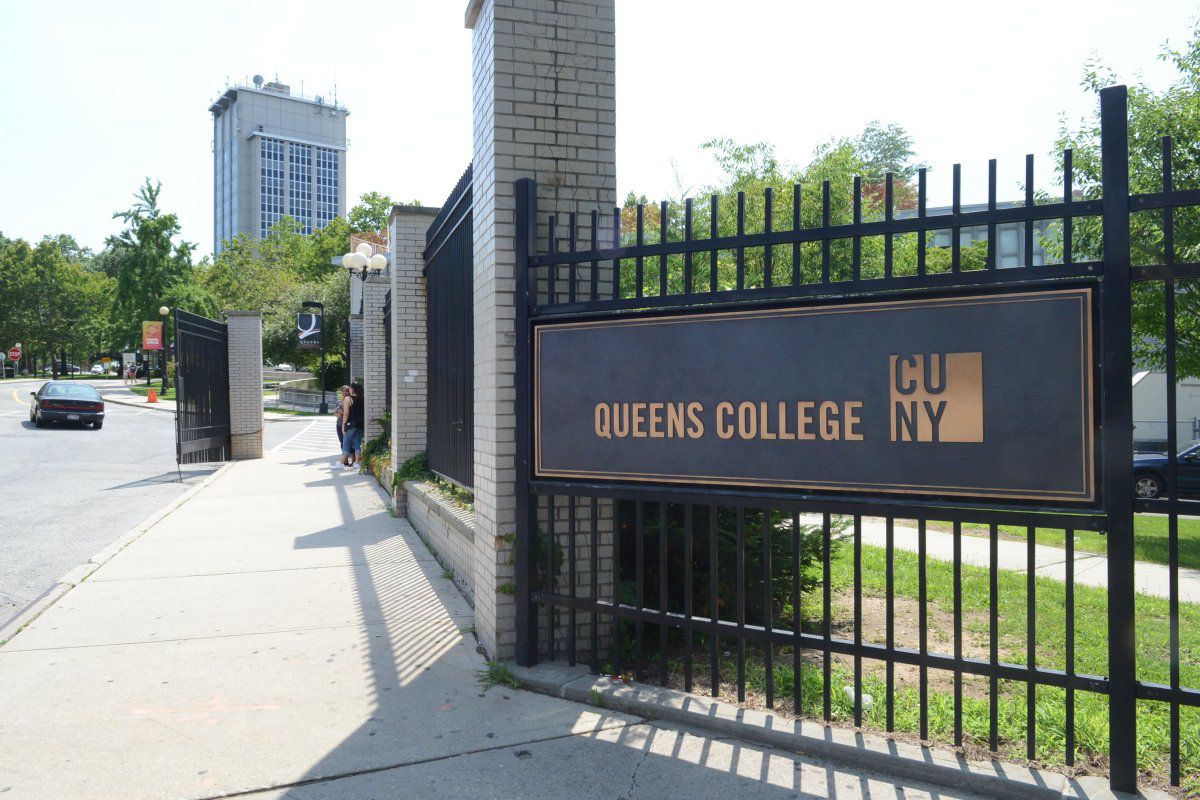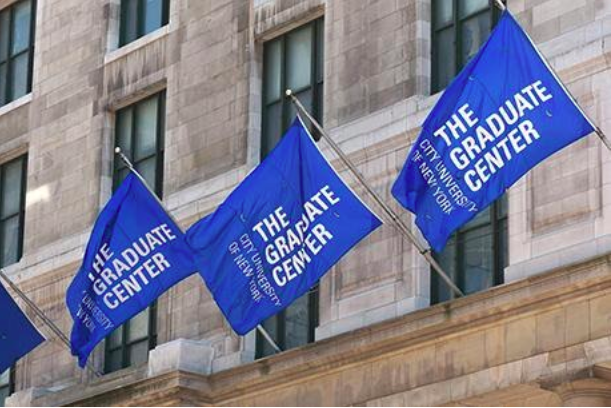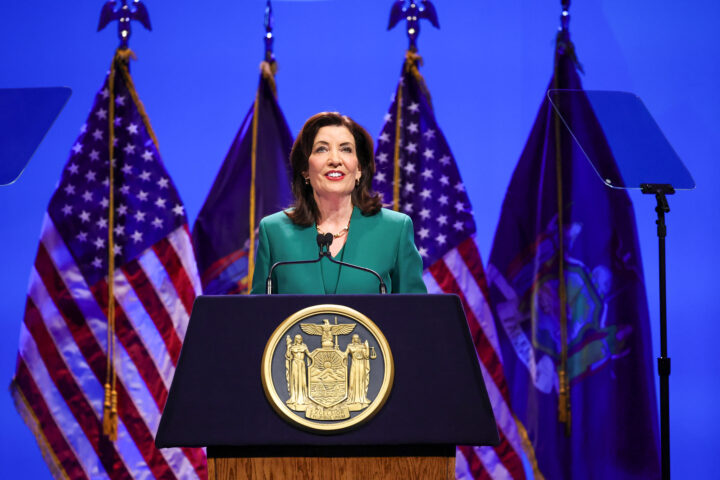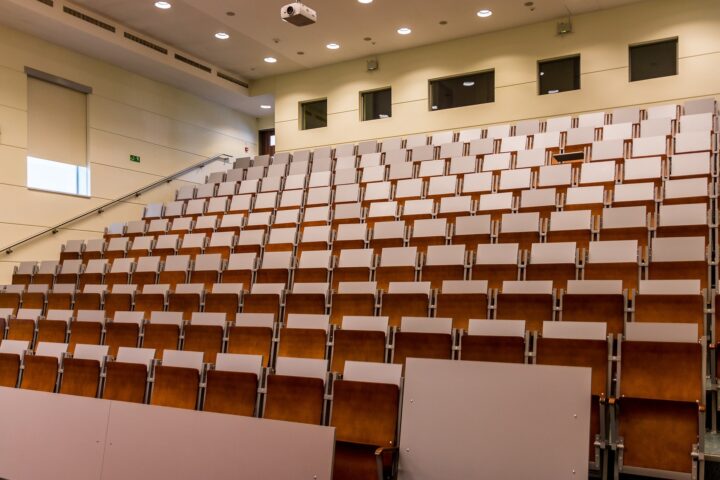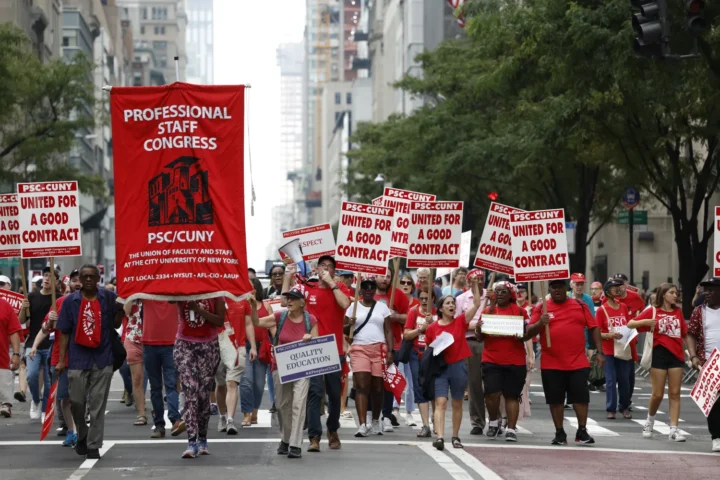William Dudley, president of the Federal Reserve Bank of New York, delivered a talk on macroeconomics on Nov. 18 at the Campbell Dome.
Dudley, who also serves as vice chairman of the Federal Open Market Committee, began by noting the intentions behind his discussion.
“The agenda for these visits is always very packed, as you can see, but that’s really the point: to meet with a diverse array of people in order to get a comprehensive picture of economic conditions and issues in the area,” Dudley said. “It’s good for us to get a fuller understanding of what’s going on — on the ground — on Main Street.”
The Reserve’s duties, which range from carrying out monetary policy to supervising “economic function,” rely on the fundamental ability to “assess conditions” through methods like “outreach trips,” which can provide grassroots information.
The second district, which includes New York State as an area of responsibility for Dudley, remained a particular point of interest.
“Our recent poll, which we released in May of this year, does show improvement in small businesses’ ability to get credit throughout the region, although, it does still remain a challenge,” he said.
At this, Dudley established the rest of the discussion in terms of “recent developments in the local economy and the national economy.”
“Starting with the area’s economy, one of the greatest challenges in the City over the past year has been the massive disruption and destruction caused by super storm Sandy,” Dudley said.
Bearing in mind the “hardest hit communities” who will require more time to convalesce, the tone was generally optimistic for Dudley, in acknowledgement of Queens’ financial fortes.
“Queens has a formidable industrial base of its own. Jobs are prevalent in industries ranging from medical care to construction, not to mention printing and a number of other manufacturing industries that benefit from the fact that Queens is a large population center,” Dudley said.
“But Queens’ most concentrated industry is in transportation — specifically air transportation, which employs about 27,000 workers. That’s about five percent of all Queens’ jobs.”
Education also serves as a primary mode of business in Queens due to its ability to generate employment.
“The investment in human capital that education entails makes it a socially desirable activity,” according to the findings of The New York FED.
Changing the focus toward the conditions of the national economy, Dudley remained hopeful. However, more attention was drawn to fiscal shortcomings.
Concerns with nationwide unemployment must also be scrutinized beyond a statistical level.
The decline of labor force participation comes out in the 2 ¾ percent drop in unemployment.
“That’s not a very good sign,” Dudley said.
Despite the uncertainties of inflation as well as the potentially fickle GDP growth rates, Dudley conceded, he is “getting more hopeful.”
“Not only do we have some better data in hand but also the fiscal drag, which has been holding the economy back, is likely to abate considerably over the next few years at a time that I think the fundamental underpinnings of the economy are improving,” Dudley said.
Still, in spite of confidences, the volatile nature of the economy looms in the distance.
“The notion that the economy will grow more swiftly remains a forecast rather than a reality at this point. As is always the case, there is substantial uncertainty surrounding this forecast,” Dudley concluded.







